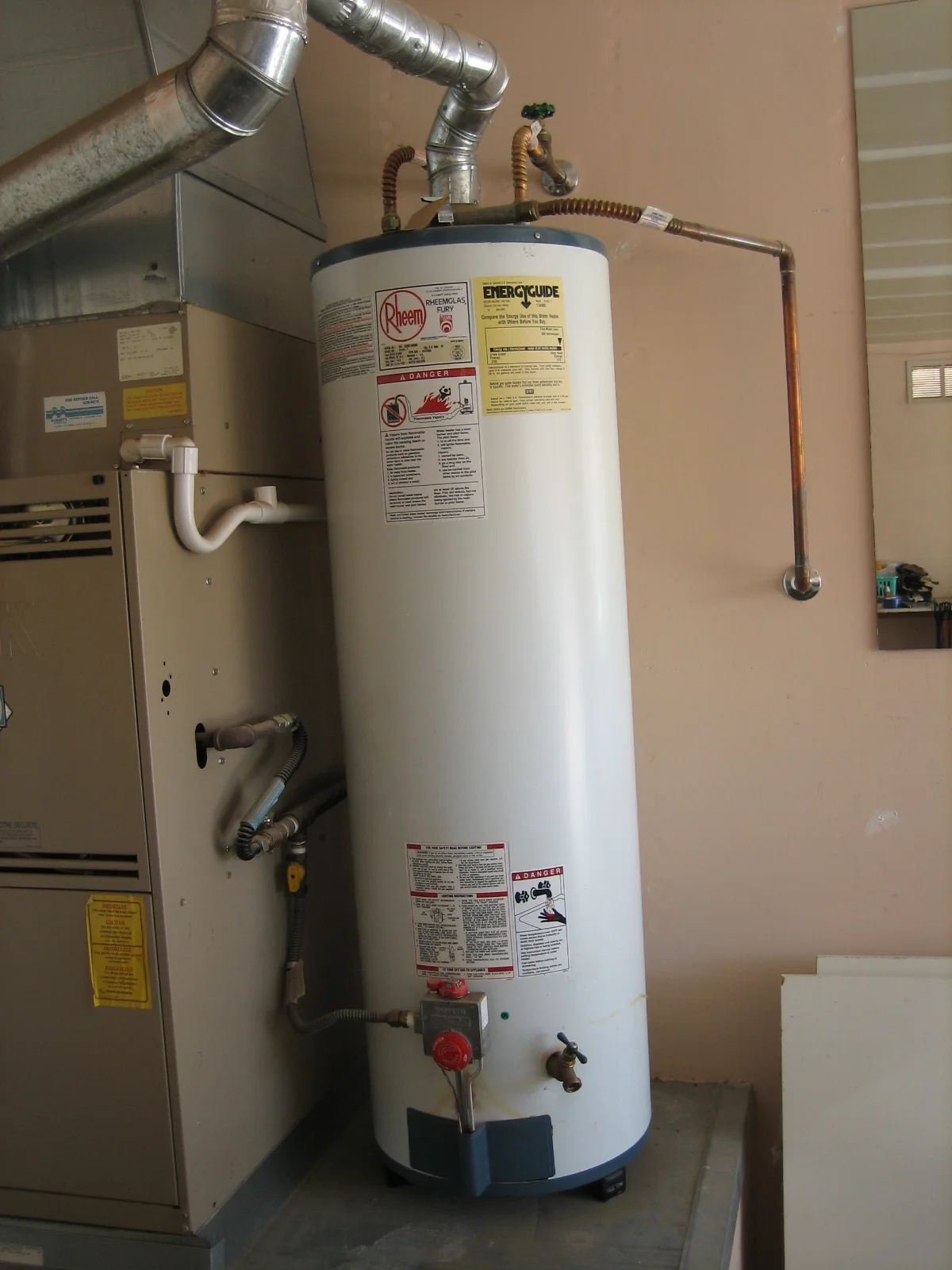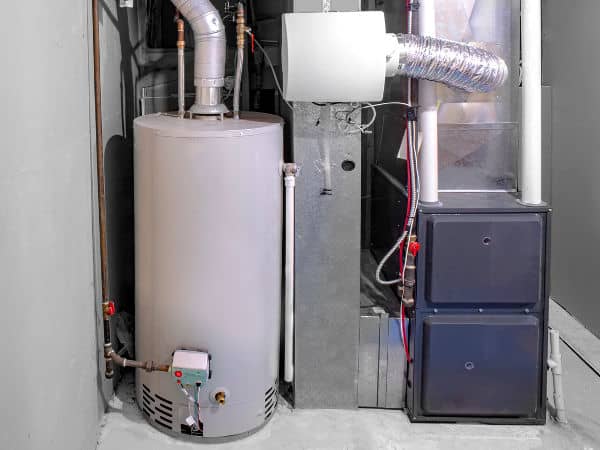How do you feel in regards to Tips For Maintaining Your Hot Water Heater?

Warm water is essential for daily comfort, whether it's for a rejuvenating shower or washing meals. To guarantee your warm water system runs effectively and lasts longer, regular upkeep is crucial. This write-up provides functional ideas and understandings on just how to keep your home's hot water system to stay clear of disruptions and expensive fixings.
Intro
Maintaining your home's warm water system may seem difficult, but with a few basic actions, you can guarantee it runs smoothly for years to come. This guide covers everything from comprehending your hot water system to do it yourself maintenance pointers and understanding when to hire professional aid.
Value of Maintaining Your Hot Water System
Regular upkeep not only prolongs the life-span of your warm water system but likewise guarantees it runs efficiently. Ignoring maintenance can cause lowered efficiency, higher power expenses, and also early failing of the system.
Signs Your Warm Water System Demands Maintenance
Recognizing when your hot water system needs interest can avoid major problems. Keep an eye out for indications such as inconsistent water temperature level, weird sounds from the heating system, or rustic water.
Comprehending Your Hot Water System
Before diving into maintenance jobs, it's practical to recognize the basic elements of your hot water system. Normally, this includes the hot water heater itself, pipes, anode poles, and temperature controls.
Monthly Maintenance Tasks
Regular monthly checks can aid capture minor issues prior to they escalate.
Purging the Water Heater
Purging your water heater removes sediment accumulation, boosting performance and prolonging its life.
Checking and Replacing Anode Rods
Anode rods avoid rust inside the container. Evaluating and replacing them when broken is critical.
Inspecting and Adjusting Temperature Level Setups
Changing the temperature level setups makes certain optimum efficiency and safety.
Do It Yourself Tips for Maintenance
You can do a number of maintenance tasks yourself to maintain your hot water system in top problem.
Checking for Leakages
Routinely evaluate pipes and links for leakages, as these can lead to water damage and greater costs.
Checking Stress Alleviation Valves
Evaluating the pressure safety valve guarantees it operates appropriately and protects against excessive stress build-up.
Protecting Pipelines
Insulating hot water pipes minimizes heat loss and can save power.
When to Call a Professional
While DIY upkeep is beneficial, some concerns call for expert knowledge.
Complicated Issues Needing Specialist Assistance
Instances consist of significant leakages, electrical issues, or if your hot water heater is continually underperforming.
Regular Specialist Upkeep Perks
Specialist maintenance can include comprehensive examinations, tune-ups, and making certain compliance with security requirements.
Verdict
Routine upkeep of your home's hot water system is necessary for effectiveness, durability, and expense savings. By following these pointers and understanding when to seek specialist aid, you can make sure a trusted supply of hot water without unexpected disruptions.
Water Heater Maintenance Tips
Test the TPR Valve
Shut off the power and the cold-water supply valve. Place a bucket under the pipe connected to the temperature-pressure-release (TPR) valve on the top or side of the tank. (This valve opens if the tank pressure gets too high.) Lift the valve’s tab to let some water out, then let go. If water keeps flowing, drain the tank partway, unscrew the old valve with a pipe wrench, and install a new one. Check the Anode Rod
Put a hose to the tank’s drain cock and let out a few gallons of water. Now fit a 1 1/16-inch socket onto the rod’s hex head on top of the heater (or under its top plate) and unscrew the rod. If it’s less than ½ inch thick or coated with calcium, buy a new one, wrap its threads with Teflon tape, put it back in the tank, and tighten securely. Use this segmented rod if headroom above the tank is limited. Drain the Tank and Wash Out Sediment
Drain the remaining water in the tank into the bucket, then stir up the sediment on the tank’s bottom by briefly opening the cold-water supply valve. Drain and repeat until clean water comes out of the hose. Close the drain cock, refill the tank, and turn its power back on. Adjust the Temperature
Find the temperature dial on the side of the tank and unscrew its cover. Adjust the dial to 120 degrees using a flathead screwdriver. For every 10 degrees the temperature is lowered, you can expect to save up to 5 percent in energy costs. Turn the water heater off or the thermostat down to its lowest setting if you plan to be away from home for more than three days. Insulate the Pipes
Buy some self-sticking 3/8-inch-thick foam pipe insulation that matches the pipes’ diameter. Slide the foam over the hot-and cold-water pipes as far as you can reach. Insulating the cold-water pipe prevents condensation in summer. Peel the tape and squeeze the insulation closed. If the pipe is 6 inches or less from the flue, cover it with 1-inch-thick unfaced fiberglass pipe wrap. https://www.thisoldhouse.com/plumbing/21016402/how-to-maintain-a-water-heater

Hopefully you liked our topic about How to Maintain a Hot Water Heater in a Few Simple Steps. Thanks for spending some time to browse our article. Kindly pause to distribute this post if you appreciated it. I cherish your readership.
Source